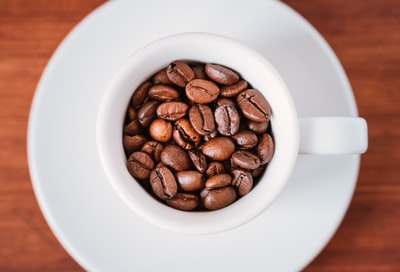Different receptors respond to specific stimuli only.

One example of a pressure receptor are Pacinian corpuscles. They can be found in the skin, in joints and tendons, and in the tissue lining a number of internal organs as well as blood vessels. All of them, however, are connected to a sensory neuron.
They have a bulb shape and are the biggest receptor in the skin, located in the dermis. They can provide information very rapidly thereby ensuring instant data regarding movement. They consist of a single nerve fibre around which is wrapped lamellae which forms a capsule.
When pressure is put onto the skin the shape of the Pacinian corpuscle changes. This in turn causes the pressure sensitive, stretch-mediated sodium channels located in its membrane to change shape. They open which leads to sodium ions diffusing into the channels. This causes depolarisation which affects the generator potential. The bigger the pressure the more sodium ions released and the greater the generator potential. If a specific threshold is reached then this leads to an action potential and a nerve impulse moves along the sensory neurone. The intensity of the stimulus corresponds to the impulse frequency.